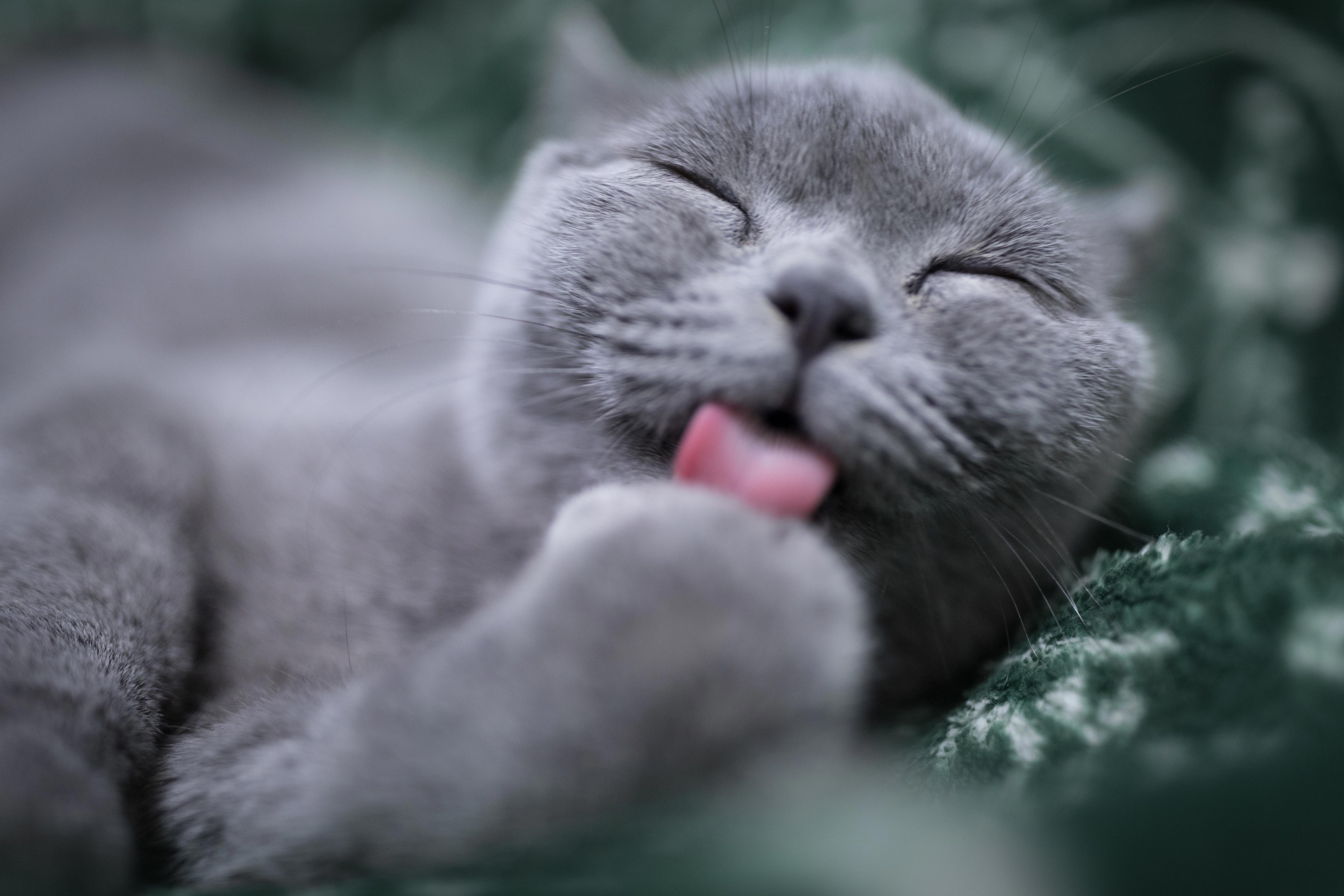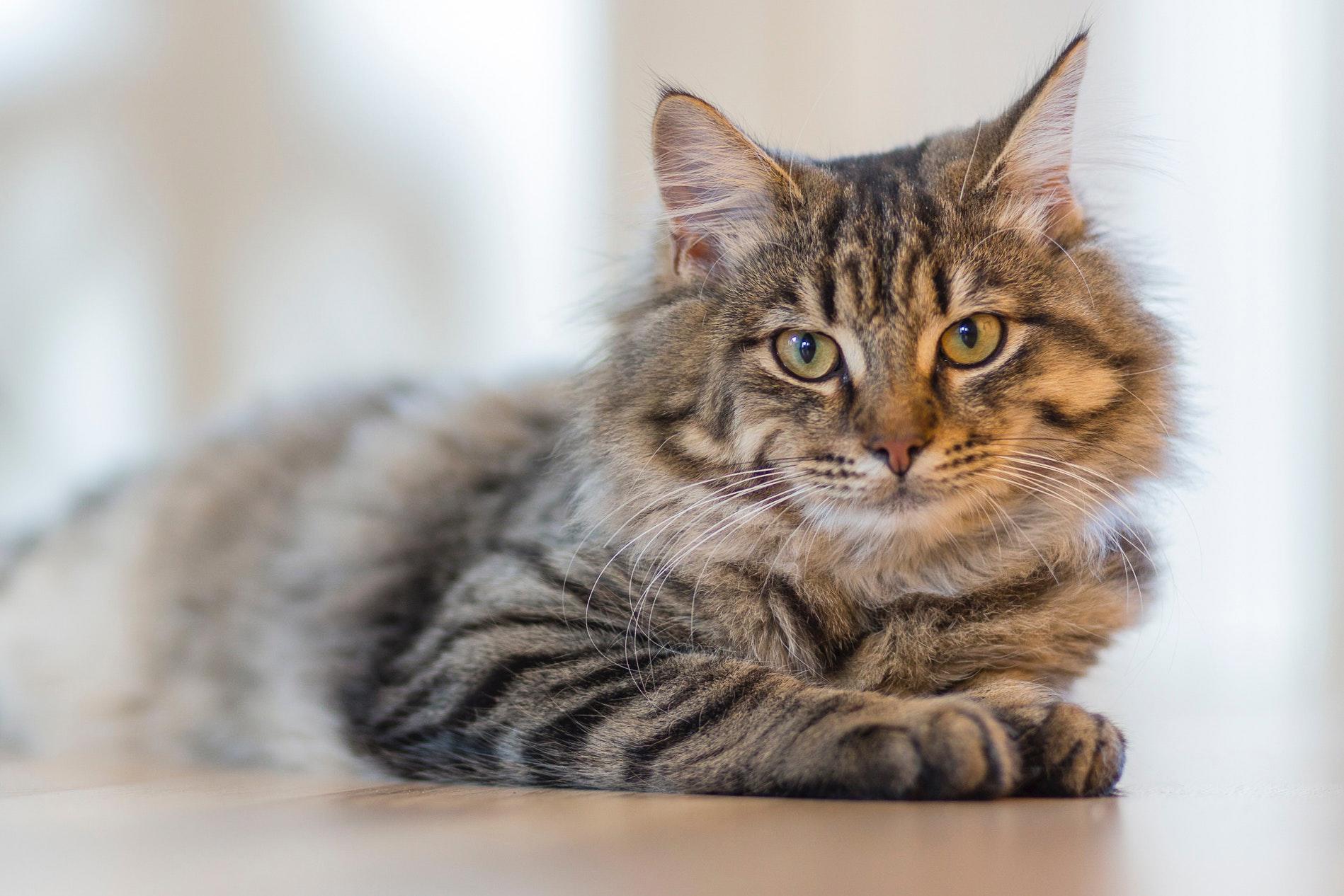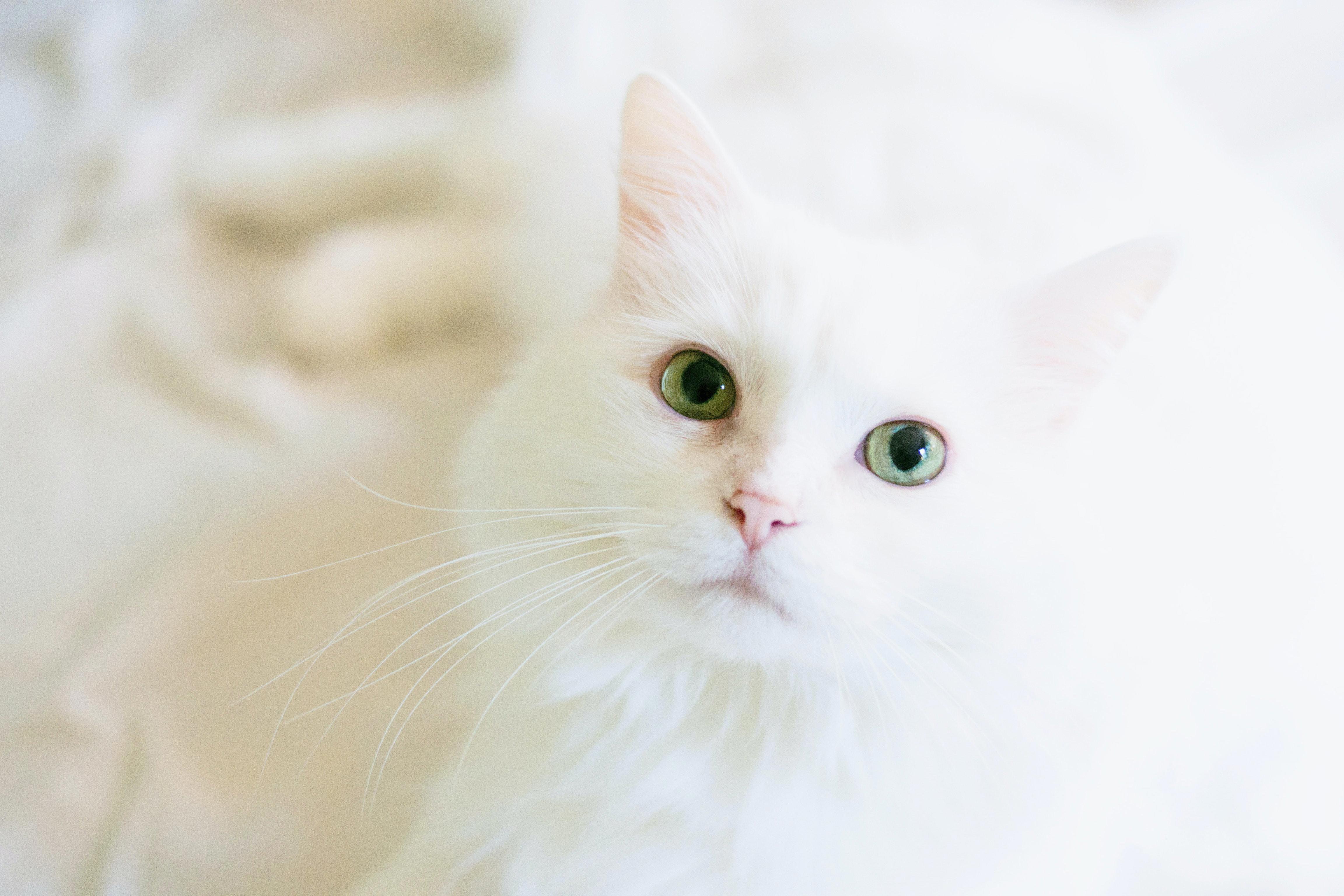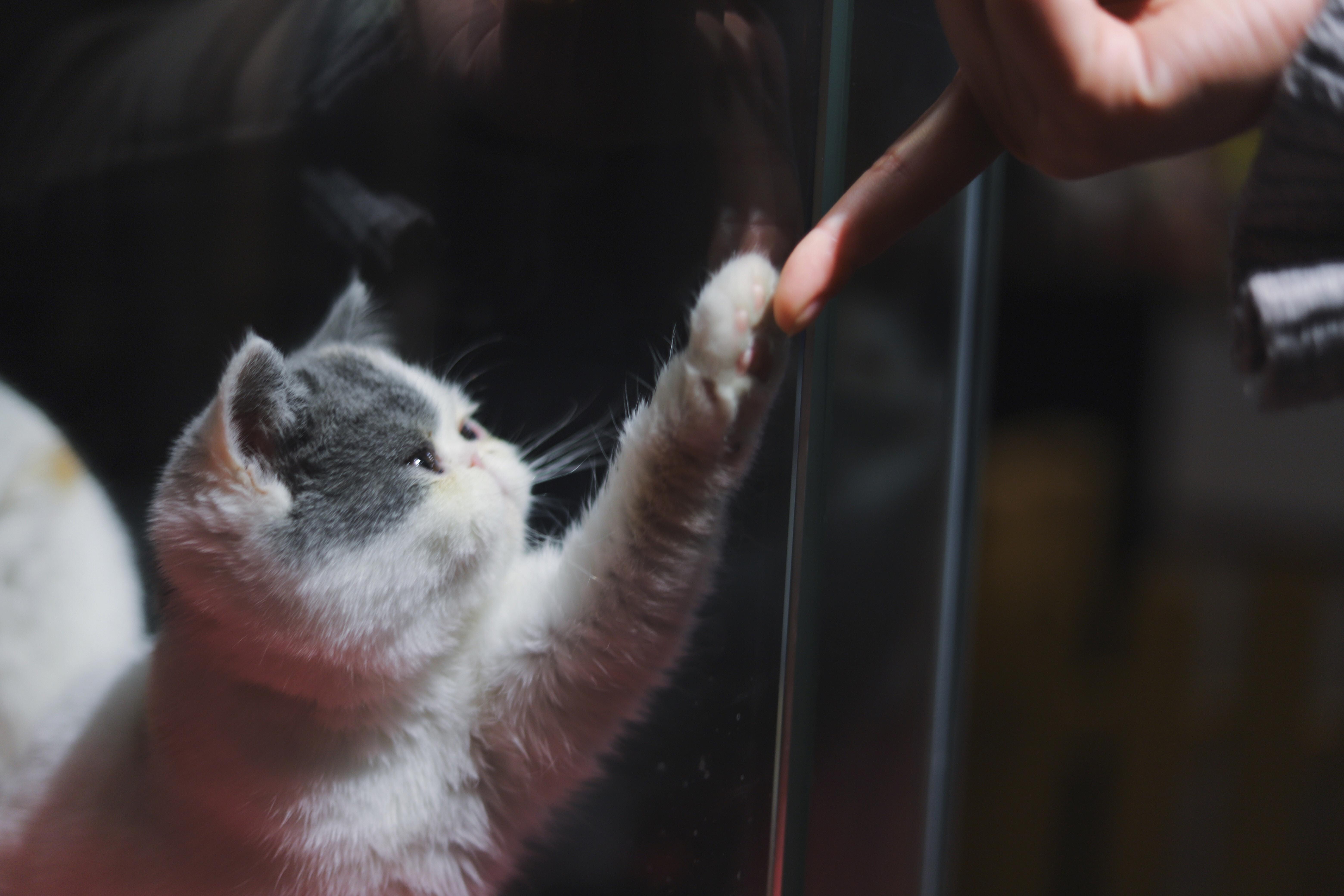As a cat parent, it can be concerning to watch your beloved fur baby suffer from food allergies. While it can be a difficult and confusing experience, understanding feline food allergies and how to identify them can help you make sure your cat is getting the best care possible. In this blog post, we’ll explore the symptoms of feline food allergies, what causes them, and how to identify and treat them.
Feline food allergies can be a tricky and confusing thing to navigate. While some cats are simply picky eaters, there are times when their food choices could be negatively affecting their health. If your cat is exhibiting any symptoms such as scratching, vomiting, or diarrhea, they may be suffering from a food allergy. It’s important to understand the root causes of food allergies in cats and how to identify them so that you can take the steps necessary to help your pet live a healthier and happier life.
What Causes Feline Food Allergies?
When it comes to understanding why cats may develop food allergies, the answer isn’t as clear-cut as it is for humans. While some cats may be more predisposed to developing food allergies due to their breed or genetics, the most common cause is an allergic reaction to a particular ingredient in their food. This could be something as common as chicken, corn, or wheat, or something more obscure like egg whites or fish meal.
Unfortunately, since cats are obligate carnivores and their diets are largely made up of animal proteins, it can be difficult to identify the ingredient that is causing the reaction. In some cases, cats may be allergic to an ingredient found in a particular brand of food or may be sensitive to a certain preservative.
How to Identify Feline Food Allergies
Identifying food allergies in cats can be a tricky task, as cats may not exhibit the same symptoms that humans do when they are allergic to something. Furthermore, cats may also suffer from multiple allergies or sensitivities, making it even more difficult to pinpoint the root cause.
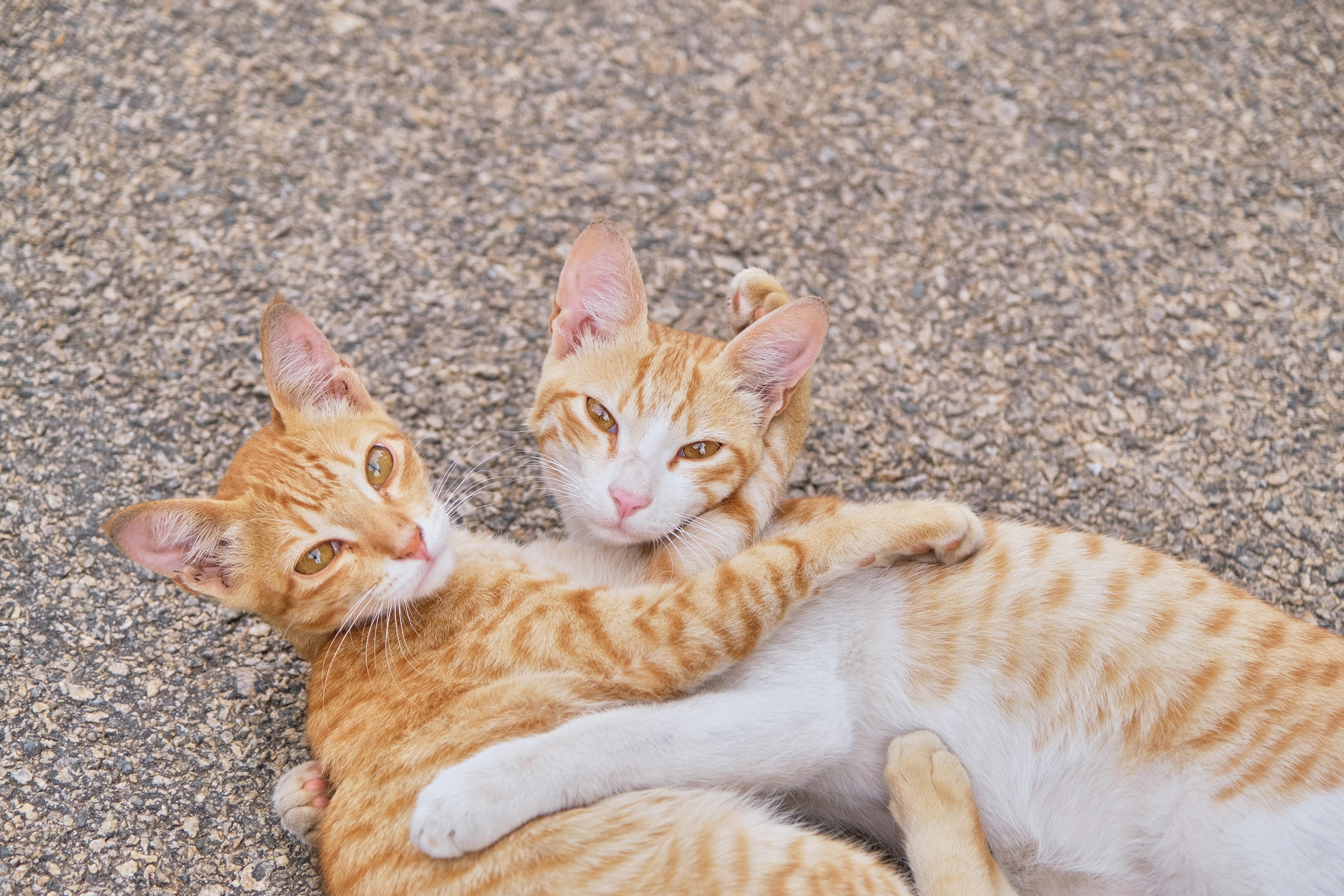
The most common symptom of a food allergy in cats is skin irritation and itching. This can range from mild scratching to more severe rashes and even hair loss. Other symptoms can include vomiting, diarrhea, and flatulence.
If you suspect that your cat may have a food allergy, the best way to identify it is by performing an elimination diet. This involves feeding your cat a diet of only one type of protein and one carbohydrate source for a period of time. If your cat’s symptoms improve during this period, you can slowly reintroduce other ingredients one at a time to identify which ones are causing the reaction.
If you don’t want to perform an elimination diet, you may want to consider having your vet perform a food allergy test. This is a blood test that looks for antibodies to certain food proteins. While this test can be expensive, it is the most reliable way to identify the specific food allergens that your cat is sensitive to.
Treating Feline Food Allergies
Once you have identified the food allergens that your cat is sensitive to, the next step is to find a food that does not contain those ingredients. There are many commercial cat foods on the market that are specifically designed for cats with food allergies, and you can also work with your vet to create a custom diet for your cat.
In addition to avoiding the ingredients that your cat is allergic to, it’s also important to provide them with a balanced diet that contains all the essential nutrients they need. This can be done by feeding them a variety of fresh, human-grade ingredients or by supplementing with commercial cat food.
Finally, it’s important to remember that food allergies can cause a great deal of stress and discomfort for your cat, so it’s important to provide them with extra love and attention during this time. With the right diet and care, your cat can live a comfortable and healthy life.
Feline food allergies can be difficult to identify and manage, but with the right knowledge and resources, you can help your cat live a long and healthy life. Taking the time to understand the symptoms and causes of food allergies can help to ensure that your cat is getting the nutrition they need and that any allergies or intolerances are identified and managed. As a responsible pet parent, it is important to monitor your cat’s diet and symptoms to ensure that they are getting the nutrition and health they need. With the right research and care, you can help your cat to live a healthy and happy life.


